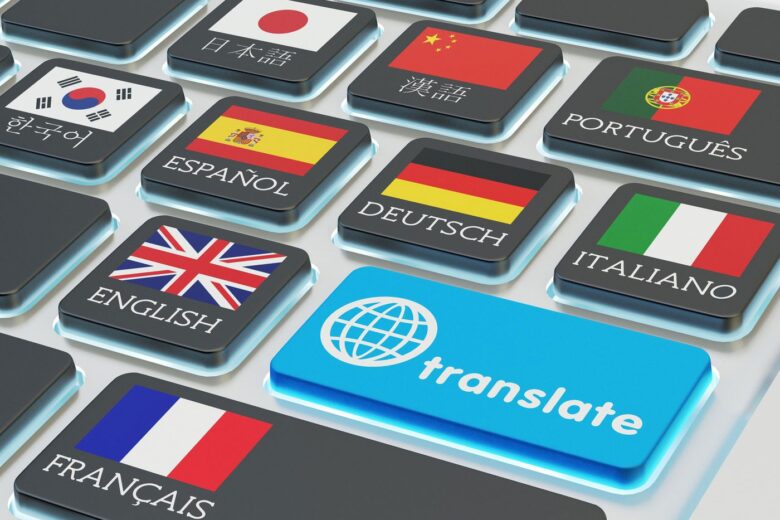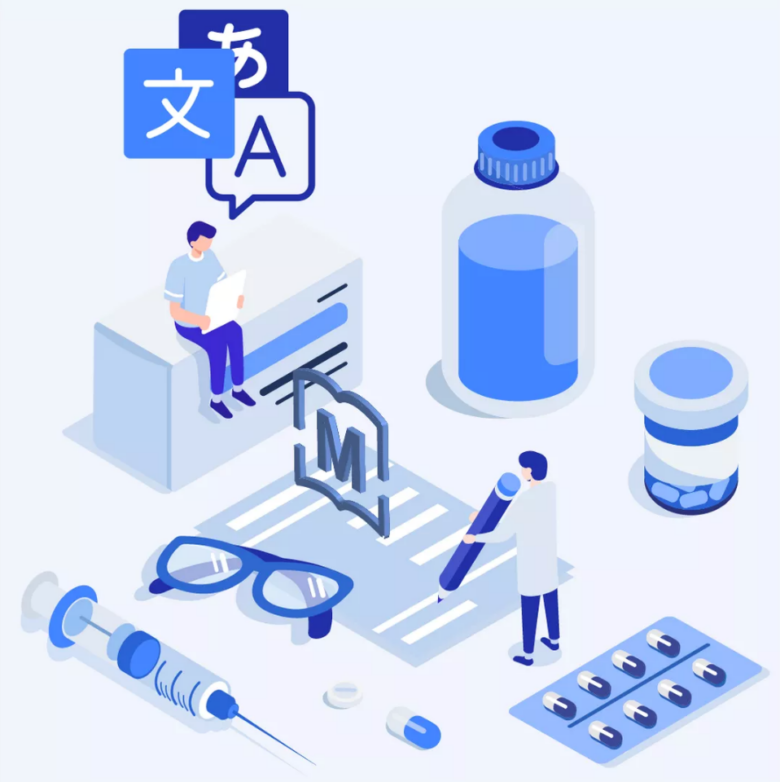A credible medical translation services provider knows the importance of applying precision and accuracy during any medical translation process. For this reason, they follow a specific procedure.
Notably, medical documents should never be vague. Also, the documents have to have content that aligns with various global standard principles. For this reason, medical translation processes are complex.
Communicare, a medical language service provider (MLSP) and digital medical marketer, has taken the time to research the considerations of an efficient and effective medical translation process. The company has also detailed its findings in this guide. So, read on.
Project Preparation

The preparation of the medical content you want to translate forms a significant portion of the translation project. Also, this is the stage that marks the start of the application of accuracy. If you make an error when preparing your translation project at this stage, it can be costly for you to make corrections afterwards.
Notably, the project preparation stage is not a one-man show. You cannot manage to do it appropriately without the help of your translation service provider. So, your collaborative efforts are crucial for the success of this stage of the medical translation process.
For this reason, you should incorporate the selection of a certified translation service provider in the project preparation stage. This move will bring translators onboard during the preparation of the content you want to translate.
Still, during the project preparation, you have to follow a specific procedure to succeed in the activities involved in this stage. The procedure is as follows:
Step 1: Project Scope Definition

Scope definition entails the identification of the medical content that requires translation. The content selection depends on the objectives that you want to achieve from translating the content.
Scope definition also includes the selection of the target languages. This selection depends on your target audience or market. Lastly, the scope definition includes the identification of any applicable regulations.
One of the objectives of scope definition is to structure the translation process, including the flow of activities.
You also need to consider the localization needs of your translated content. Localization should apply to all target languages. Also, localization should consider all language accents.
Step 2: Assess the Quality of the Content

The second step entails assessing the source content to confirm its quality. The source document should be free of errors. Also, it should not feature any colloquial language. Some of the reasons for having errors on the source document include getting the document from a non-native writer. Also, the inconsistencies arising from teamwork during the writing of the source document can generate errors.
Step 3: Provision of Editable Files
You should present your content on an editable file, such as the word processing program. If you provide a hard-to-edit file, your translation process can take longer. Besides editable texts, the image captions should also be editable.
Step 4: Create a Glossary
A glossary features keywords and terminologies that your translated content will feature. The glossary should have consistent terminologies and keywords to avoid incompatibility with the terminologies on the source document. To be on the safe side, have a native medical translator or expert review your glossary.
Step 5: Develop a Review Strategy

You should identify the party that will receive the translated content for review. If you have internal subject-matter experts, you can opt to engage them. However, that should be native to the target languages.
The review process can take various formats. Firstly, you can opt to carry out a review after a part-completion of the translation process. Alternatively, you can review the translated content before taking it to a third-party reviewer. Lastly, you can opt to review the translated content before it goes for printing.
The Translation Process
After the completion of the project preparation, the translation process can kick off. The translation process depends on varying factors. Such factors include regional regulations and the volume of content for translation. A standard medical translation process follows the steps below:
Step 1: Understanding the Content

The first step in medical translation entails reading to understand the content. Even though a translator has previous medical knowledge, they have to read and understand the current content they are to translate.
After comprehending the content, a translator should ask whether they have become familiar with what the content addresses. Also, the translator should become familiar with all teems that the content features. Lastly, the translator should make a self-assessment of whether they can express the ideas in the content to a third party.
The said assessments require a positive response before the translation process goes to the next stage. If the response is negative, the translator should provide feedback for the client to look for another translator.
Step 2: Adaptation
After understanding the content, a translator should conduct further research on the cultural orientations of the target audience. This move gives a translator a clue on how to adapt the translated content to the culture of the target audience. Also, research on adaptation clears any doubt that the translator could be having regarding the nature of the translation deliverables.
Step 3: Translation

This step involves the conversion of the content from the source language to the target language. It also includes a reference to glossaries and dictionaries to clear any doubts about the actual meaning of complex terms. Lastly, the translation process involves the application of coherence and fidelity by referring to relevant medical articles.
Translation memories come in handy when you want to quicken your translation process. For this reason, engage a translation service provider that uses translation memory software. This software stores frequently-used phrases and words. Afterward, it uses them on a project similar to the one that had previously used the stored information.
Step 4: Medical Translation Quality Control
In a nutshell, quality control during a medical translation process seeks to ensure that the translated content matches the original message. So, the quality control process assesses the translated content for consistency and accuracy (editor review). Also, quality control seeks to translate the content back to its original language (back translation)
Proofreading is part of the quality control process. It is a critical stage of the translation process, given that people will consume the translated content. Proofreading is not equal to rereading. Rereading seeks to identify and correct contextual errors while rereading seeks to fix surface errors. Nevertheless, both exercises are critical during the medical translation process.
A native professional should handle the rereading and proofreading exercises after the completion of a translation process. The move facilitates the development of high-quality content that meets its objectives.
Step 5: Printing/Processing the Translated Content
The last step entails the presentation of the translated manual for printing or processing. This stage involves printing booklets, integrating the information with an information database, or disseminating the content to various content consumers.
How to Improve a Translation Process Efficiency

There are several ways how you can improve the efficiency of your medical translation process. Some of the ways are:
Engaging a Medical Translation Company
Some medical translation companies have the capacity to translate your medical content, regardless of its complexity and volume. Such companies pride themselves on experienced staff, availability of subject-matter experts, massive investments in translation technology, and the ability to meet deadlines.
Reduce Indirect Costs
Always engage a language service provider that integrates your workflow with the translation process. Such a provider can help you reduce the indirect costs related to the interruption of your internal operations. In return, the translation process synchronizes with your operations for high productivity.
Engage ISO-Certified Medical Translation Service Provider

All ISO-certified language service providers commit to following the best practices and standards in their operations. In return, they translate your content while observing the highest level of professionalism. Such a service provider guarantees you high-quality translated content. In return, you do not have to duplicate your efforts while trying to look for someone to redo your wrongly-translated content.
Engage a Medical Translation Service Provider with High-Quality Project Management Skills
Once you engage a credible medical translation service provider, they assign you a project and account manager. Such a move depicts that the service provider has high-quality project management skills. You do not want your work to keep on changing hands. Remember, engaging several people to translate your content increases the risk of errors and wastage of resources.
The Bottom Line
Now you know what to expect when looking for medical translation service providers. You can now identify, engage, and manage a translation service provider.
Notably, understanding the translation process enables you to keep tabs on what the translator is doing for you. Failure to have such an understanding can result in erroneously-translated content and wastage of resources.
What are some of the medical documents that you can translate? The type of medical documents you can translate depends on your medical business objective. Some of the documents are:
- Adverse Events
- Case Reports
- Clinical Trials
- Contracts To Package Labels And Inserts
- Medical Protocols
- Scientific Journal Articles Regulatory Audits


